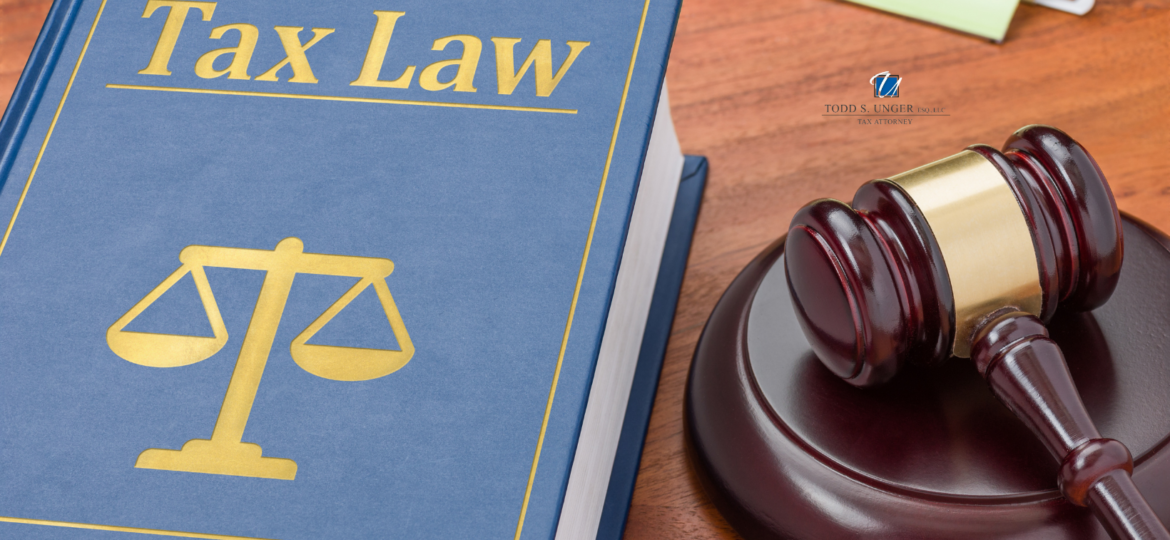
Facing an IRS Tax Audit?
An IRS tax audit can be daunting. Ensure you’re backed by robust audit representation before you proceed.
Understanding IRS Tax Audits
The primary objective of an IRS audit is to validate the income, expenses, and deductions accurately reported by a taxpayer. Audits can lead to the IRS imposing additional taxes, accruing interest, and penalties. In more severe cases, an initially straightforward audit could escalate to criminal charges, often called an “Egg Shell Audit.” Given the potential repercussions, the anxiety surrounding audits is understandable.
For New Jersey residents and businesses undergoing an audit, partnering with an adept and seasoned tax attorney is optimal.
Clients Rights During Tax Audits
Engaging a tax attorney can mitigate risk and narrow the audit’s scope. Tax laws aren’t always straightforward. Thus, having an attorney champion your cause can enhance your likelihood of a favorable outcome against the IRS’s team of auditors, accountants, and legal professionals.
Our strategic approach leans heavily on our rich history in tax disputes. In some cases, we discern that:
- Elevating the audit to the IRS’s Office of Appeals yields superior outcomes.
- Litigation in the Tax Court is a necessary step.
- Pursuing an Audit Reconsideration is the appropriate course.

Importance of Professional Representation
A common misconception is that an accountant can shoulder the entirety of the audit process. This assumption is dangerous. A crucial advantage a NJ tax attorney holds over accountants is the attorney/client privilege. This confidentiality ensures that any information you confide in us is shielded from the IRS and legal proceedings. In contrast, accountants could be summoned to provide testimony against you. Beyond confidentiality, tax attorneys excel in research, negotiation, and advocacy, making them indispensable during audits.
We are committed to guiding our clients through every nuanced query posed by IRS agents, ensuring candid responses without inadvertently triggering concerns. With the expertise of tax attorney Todd Unger, you’re equipped to navigate this challenge effectively.
Connect with Renowned NJ Tax Lawyers
Todd S. Unger, Esq. LLC extends consultations to taxpayers in New Jersey and New York grappling with audits and other tax-related dilemmas. For a confidential discussion with a proficient New Jersey tax attorney regarding IRS audits, please contact us at (877) 544-4743 or complete our online contact form.

